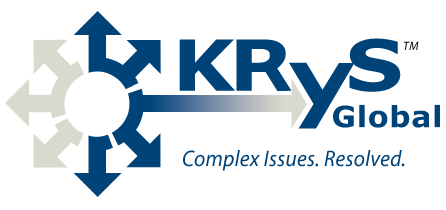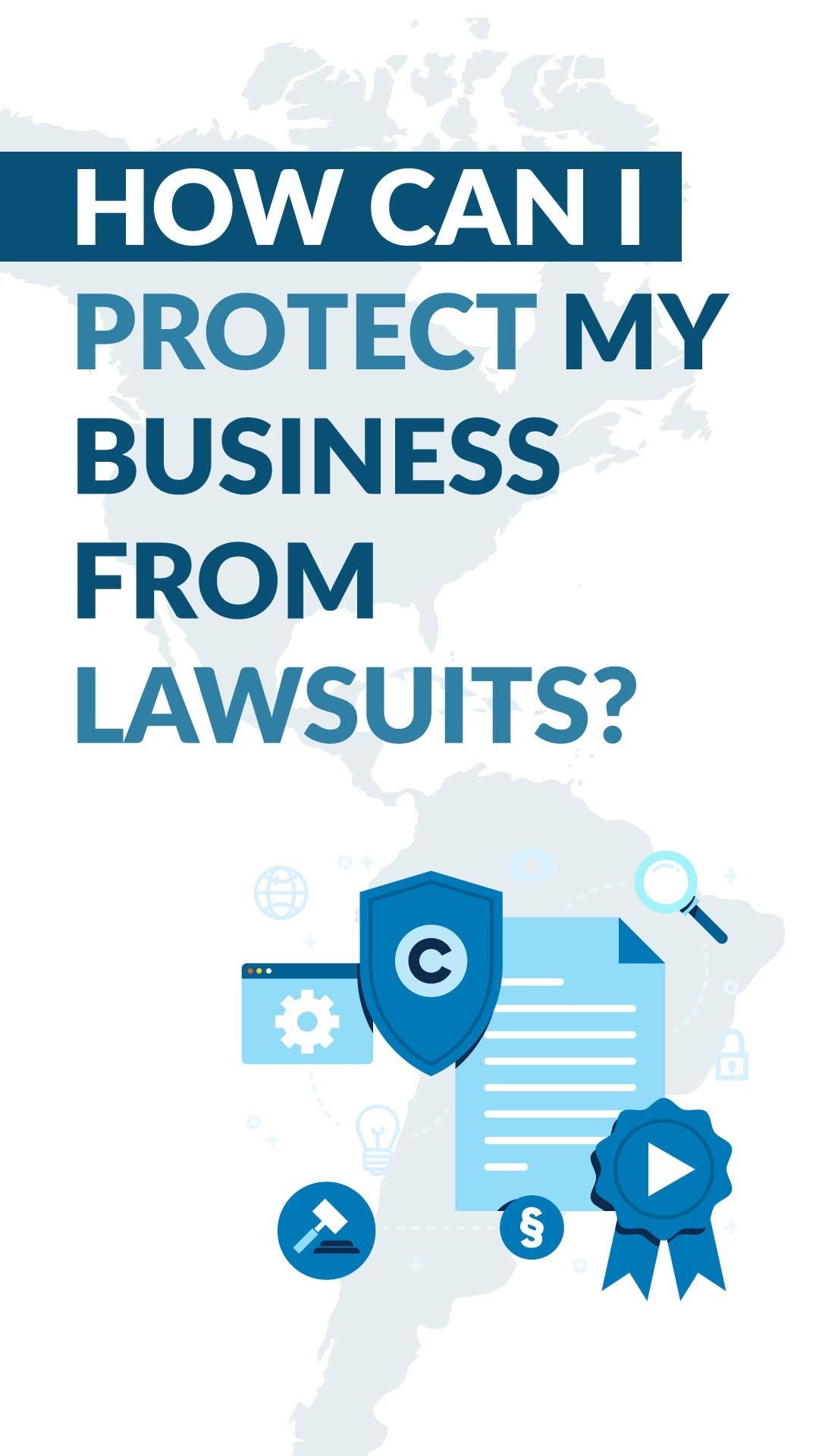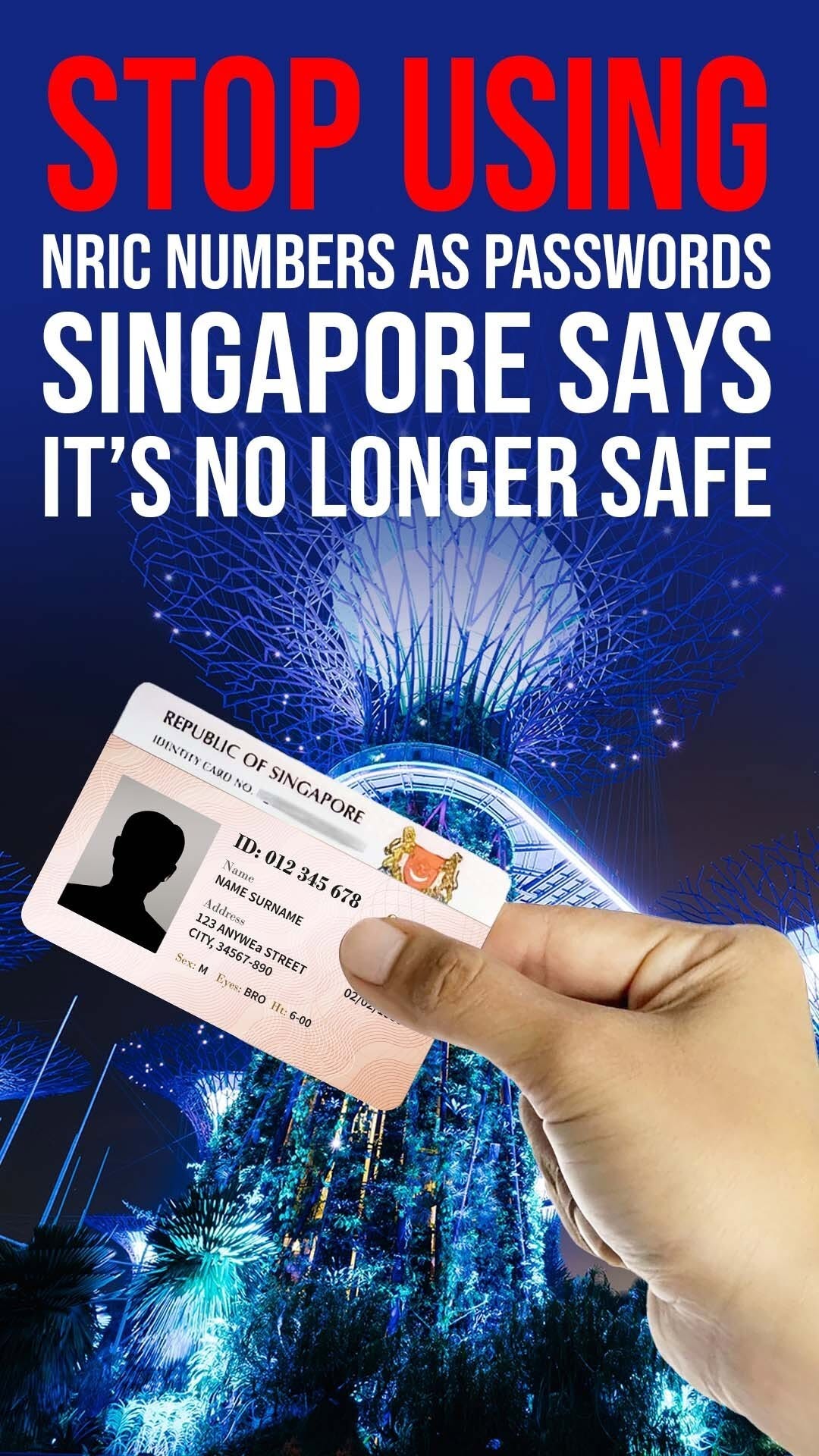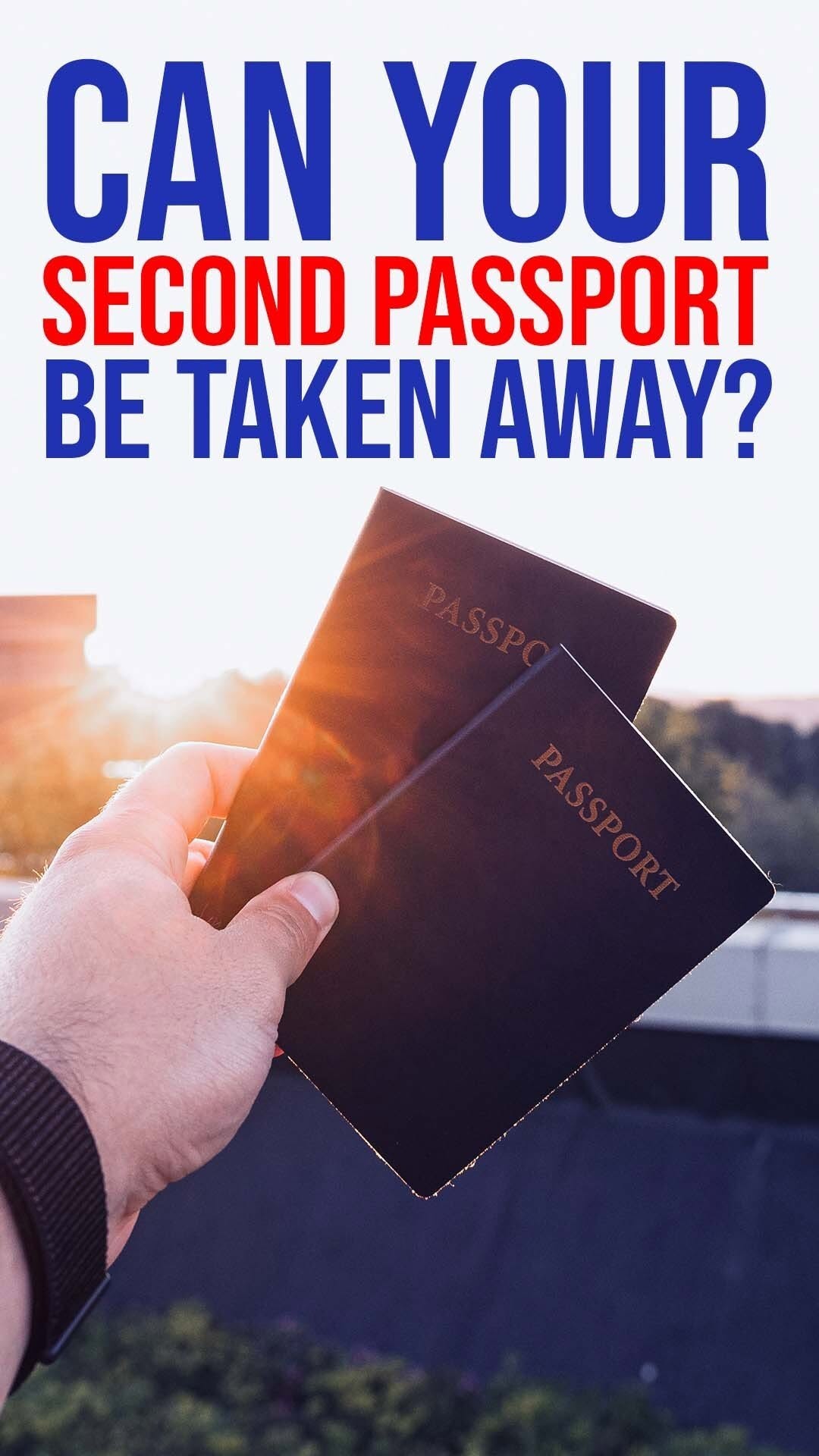

Since 2010, the Global Law Experts annual awards have been celebrating excellence, innovation and performance across the legal communities from around the world.
posted 3 years ago
Originally posted on Offshore Red in February 2020
In this barnstorming tour-de-force, international investigator Ken Krys – the executive chairman and founder of KRyS Global, which has offices in the Cayman Islands, the British Virgin Islands, New York, London, Guernsey, Hong Kong and Singapore – lays out the basic strategies that your offshore bank is likely to require of an investigative firm if it has suffered from a severe multi-jurisdictional fraud.
Victims of a multi-jurisdictional fraud can feel overwhelmed by the loss of their hard-earned assets outside their home jurisdictions and the absence of an immediate and coherent response from criminal authorities. A good fraud examiner can collect the information, examine the individuals involved, and conduct the analysis. A skilful prosecutor can obtain a judgment against the fraudster but the investigation of fraud is neither inexpensive nor for the faint-hearted. Accordingly, an investigation of a global fraud is not regarded a success unless and until the victims get their lost money back.
A crucial aspect of any investigation into financial crime is the identification and immobilisation of the assets of the fraudster, wherever they are in the world. The investigator must be able to find assets if he wants to enforce and satisfy the judgment. If those assets have been squandered, the investigator should think of finding an alternative means of recovery. He must consider various things. Who are the potential targets? What assets will be available to satisfy a judgment? Where are the assets located and in what form do they exist? Are any of the assets at risk of dissipation, or are they immovable?
In the early stages of an investigation, the investigator ought to assess the potential avenues for recovery. His decision about which avenues to take can dictate who ought to be sued, where a writ ought to be issued and whether he ought to apply to a court or courts to freeze the assets while the litigation is going on. Of course the stricken victim has a say in the choice of avenues down which the investigator is to go, as a jaunt down each avenue incurs a different cost from a journey down the next one. This can be particularly significant when the investigator has to deal with the kind of multi-jurisdictional crime that often concerns the readers of Offshore Red.
No two asset recovery cases are exactly the same. It is useful if the investigator takes a phased approach to his investigation of the assets. The first exercise is the assimilation of publicly available information about the defendant himself, his family, his connections and his assets; the next is to build on that information with the use of discovery tools and on-the-ground intelligence gathering to find crucial information and verify other sources of information. The intelligence gathering consists of information from a bank account, details obtained from a register office, normally through a subpoena or disclosure order, and normal gumshoe detective work.
[NB ‘Discovery’ is a means by which a party to a civil or criminal action, prior to trial, convinces a court to require the opposite party (or an unrelated party) to divulge information that is essential for the preparation of the requesting party’s case.]
When it comes to fact finding, there are many sources of public information. The World-Wide Web has significant information about people. Fraudsters (or those related to them) tend to have big egos. Before one of them commits a fraud, or sometimes even while he does so, particularly if his lifestyle has risen, the investigator will be able to find information on the Internet about him. One great source is social media; the fraudster, his (it is a ‘him’ more often than not) friends and his family may divulge plenty of information in their online conversations that will give the investigators leads to assets.
I was recently frustrated because I could find no asset trail for a potential target. Despite the target having a senior job and even a Wikipedia page, he had a common name and no obvious information about his assets on the Web. However, there was information about his education and some limited information about his family.
Armed with this information, I was able to discover that he had donated funds to his university and had seen to it that halls of residence were named after his mother. I made enquiries about the mother and found that someone had set up a foundation and named it after her after her death. This foundation, in turn, ran a medical facility. The foundation’s assets were public and named my target as a contributor to it in its list of revenue sources. Like most foundations, it has an auditor who records such facts. The audit report disclosed other names and in the course of my online inquiries I found that the target and others were members of clubs and leisure associations and sat on their boards. They were obviously splashing their money about and the clubs’ records logged their contributions. Further web searches revealed the target’s interests in three restaurants and a strong relationship with a fund manager.
The fact finding, either on discovery or ‘examination,’ identified not only some assets but also some potential sources of information about the target’s assets. ‘Examination’ occurs when an investigator rings up individual third parties and subsequently interviews them under oath in person. This exercise requires no recourse to the authorities; the investigator merely has to obtain a court order to require a potential source to attend a law firm’s offices.
Besides the Internet, an investigator who is looking for assets has other options. Many jurisdictions, including some of the tax havens, have public registries of shareholders or directors. In some instances, the investigator might have to pay a fee and leaf through the companies register manually, but the information is nonetheless available. In the UK, information about companies incorporated in England and Wales is available on the Companies House website at https://www.gov.uk/government/organisations/companies-house.
Once he has found out some initial facts, it is time for the investigator to decide whether or not to deploy “feet on the ground” to spot other assets and determine the source of the target’s wealth. This is known as human intelligence or humint. The investigator should take this approach when he knows what asset he wants and where it is. When he has identified the jurisdiction from which the fraudster’s wealth originates, he can then sort out the right legal system to use.
This exercise is particularly helpful when there are family members, business associates, competitors or former spouses to be identified. The investigator can then obtain personal information about assets, or more intelligence than he has already about an asset whose whereabouts he has already determined, or the target’s trading partners (e.g. to attach receivables) or the extent of his business.
Another means of identifying a fraudster’s assets is to pursue legal discovery avenues against innocent third parties who may have such information. Targets for this action might include financial institutions and service providers. This is a legal remedy, i.e. it always involves asking a court for permission to obtain information. Because of this, the investigator’s team must surmount some evidential hurdles before it can obtain that permission.
Let us imagine that I am investigating a Russian who resides in the Cayman Islands. If he has used one of the eight or nine correspondent banks in the United States (which is inevitable if he uses US dollars, as all those dollars must go through correspondent banks), I can go to a US federal court and use the Federal Code to issue a subpoena against the relevant correspondent bank, all without ever leaving the United States.
In the United States, then, a US investigator can seek discovery with Title 1782, an under-used part of the United States Federal Code, if he is pursuing or merely contemplating a cause of action outside the United States.
In any common law jurisdiction, I can use a commonly employed legal remedy by pursuing a civil disclosure order against third parties (such as banks, which are unlikely to be parties to any substantive action that I might consider taking against them) before I file the lawsuit (‘before suit’). I am interested in talking to the third parties because they might have facilitated or become involved in wrongdoing, whether intentionally or otherwise.
Investigators often apply for these orders against registered agents who hold details about the actual owners and/or ultimate beneficial owners of offshore entities; however, they also use them to find out the details of bank accounts, account signatories, bank mandates, sources of payment for registered agents’ fees (which often identifies the location of previously unidentified bank accounts) and other similar information. They can usually ask for these orders ex parte and can also ask courts to combine them with gagging orders to keep everything confidential. Investigators make these applications when information could help them unearth evidence of wrongdoing or when the people against whom they want to use the orders know the identities of the alleged wrongdoers.
In addition to collecting the documents, it may be appropriate for the investigating firm to hire a qualified and experienced forensic accountant to analyse the transactions to see whether the firm can trace any other assets and whether any other parties participated in the movement of assets.
A fraud investigator was hired to investigate a fraud in an offshore hedge fund. Although the hedge fund manager had told clients that his fund had used the monies that they invested to construct a glacier-water-bottling plant in Iceland, the investigator visited the location and found that no such plant existed. The investigator pursued ‘discovery’ in Florida against a bank and a company manager upon receiving intelligence that a member of the principal’s family resided in a condominium there. Bank records showed funds coming from an address in the Turks & Caicos Islands. Further inquiries identified another property there. The investigator took steps to commence legal proceedings in the two jurisdictions, which brought the principal out of hiding. The principal eventually settled, providing a full accounting of all the assets he had stolen from the fund and allowing the investigator to take further steps to procure further assets.
The acquisition of assets is usually the primary purpose behind a fraudster’s crimes. If the investigator finds the fruits of the fraud and makes the fraudster the target of the claim, he can exercise a good deal of leverage over him, the better to persuade him to resolve matters and return proceeds to his victims.
Once the assets have been identified, the investigator needs to consider all the information in his possession. This should be a group effort between the investigator, his attorneys, the client and any experts who might be in the vicinity. It might be relevant to weigh up information about the location of the victim and fraudster, the place where the alleged fraud took place and whether any other parties were involved.
To the extent the potential cause of action is for breach of contract, it may be necessary to consider any written contracts and whether there are any jurisdiction clauses. If claims for breach of duty, negligence or wilful neglect are being considered, reference to the corporate documents and the service provider contracts may be relevant. Lawyers might have something to say about the potential remedies and possible defences that should be obtained.
Where multiple jurisdictions are possible, advice from other attorneys may be useful, as the remedies and defences can vary significantly from one jurisdiction to another. One such defence is in pari delecto. This legal term, which applies in the United States, is most commonly used in situations when both parties to a civil lawsuit are at fault for the wrongdoing. It basically means that, because both parties are equally to blame, the court will not side with either party. Comparatively in the UK, the defence, ex turpi causa, states that a party will be unable to pursue a legal remedy if it arises in connection with his own illegal act. This is particularly relevant in the law of contract and tort.
Consultation with potential experts may also be useful. It may be an idea to compile a diagram that delineates the targets, their relationships and people who participated. This could be a good way to work out how to draft the complaint. For example, it might be appropriate not to assert fraudulent behaviour against a party who has tiny assets. It might also be an idea to prepare a chronology of key events as a way of putting the fraud in the proper context of other events that occurred around the time of the fraud.
It might also be appropriate to consider other targets. There may be parties who breached their fiduciary duties, for instance directors, who have professional indemnity insurance and therefore might be viable targets. If it can be shown that the auditors failed in the conduct of their audit, the investigator might consider making a claim against them.
Recently in the UK, the Supreme Court handed down an important ruling in the case of Singularis Holdings Ltd (In Official Liquidation) (A Company Incorporated in the Cayman Islands) v Daiwa Capital Markets Europe Ltd [2019] UKSC 50. It upheld the decisions of both the High Court and the Court of Appeal that Daiwa, the former investment bank and broker of Singularis, had breached the Quincecare duty of care, which establishes that a bank owes a duty to use reasonable skill and care in executing its customer’s orders.
Upon the collection of relevant information about the target, the specifics of the fraud, the identification of others who may have been involved and the location of assets to satisfy a judgment, the investigator must now consider ways of pursuing claims and linking those claims to the assets that he has identified. This is to ensure that his strategy is tight and that he is not going to fritter money away during the course of the litigation.
For instance, the pursuit of a party in a jurisdiction where he/it has no assets may result in one or more of three undesirable results.
The first is that the assets are moved out of reach of the creditor while the investigator and his team are pursuing the litigation.
The second is that a default judgment that is not recognised in the jurisdiction where the assets are located is therefore an ‘empty’ judgment as it is unenforceable against any identified assets.
The third is that additional costs and fees are required to enforce the judgment elsewhere and to recover the assets. The application to recognise the judgment debt can raise new issues, for example serving notice of the recognition application on the defendant or providing sufficient evidence that the assets still reside in the jurisdiction where the judgment debt is being recognised.
In some instances, a fraud investigator may have little choice. The information collected on the location of the parties and the place where the fraud occurred may be far away from the place where the assets appear to reside. In that instance, the investigator has to decide whether there is a risk that the guilty parties might dissipate or move those assets. He might try to remedy this by asking a court to issue an order that preserves relevant property and requires the defendant or third party to provide information about the location of that relevant property, which is ‘the subject of a claim.’ He normally asks for this order ex parte at the same time that he lodges the claim, although in extreme cases he can ask for the order beforehand. He can use this procedure to secure the assets he is tracing and to obtain information relating to assets from the defendant.
Courts also generally make such orders ancillary to freezing orders, such as Mareva injunctions, which in turn if served on third-party banks can be used to discover evidence of bank accounts or other legal or beneficial assets held at those banks.
It may be helpful for an investigator to obtain a judgment, but a successful investigation only finishes when he has collected some assets. To maximize his chances of doing this and to minimise the costs of pursuing those assets, especially if he is ranging over many jurisdictions, he ought to do his utmost to identify and immobilise assets at the early stages of his investigation. If he does not, the stricken business that hires him might find itself throwing good money after bad.
* Ken Krys can be reached on +1 345 947 4700 or at Kenneth.Krys@krys-global.com
Stay informed with the latest legal developments at Global Law Experts
Author


No results available
posted 16 hours ago
posted 2 days ago
posted 2 days ago
posted 4 days ago
posted 4 days ago
No results available
Find the right Legal Expert for your business
Global Law Experts is dedicated to providing exceptional legal services to clients around the world. With a vast network of highly skilled and experienced lawyers, we are committed to delivering innovative and tailored solutions to meet the diverse needs of our clients in various jurisdictions.

When your international business faces financial distress, quick action is key! 🔑 Negotiating with creditors, restructuring debt, and understanding insolvency laws can help regain stability. Global Law Experts is here to guide you through your options.
🌍Explore the details on our website.
🔗Link in bio
#GlobalLawExperts #CommercialLaw #BusinessLaw #LegalAdvice #BusinessGrowth #LegalTips #BusinessStrategy #LegalCompliance #Law #LegalKnowledge #LegalAwareness #Law101 #LegalEducation #IntellectualProperty

Running a business is hard enough — lawsuits shouldn’t make it harder. 🚫 Protect your business with the right legal strategies and expert tools from Global Law Experts. Let’s secure your future together! 💼
🌍Explore the details on our website.
➡️www.globallawexperts.com
#GlobalLawExperts #CommercialLaw #BusinessLaw #LegalAdvice #BusinessGrowth #LegalTips #BusinessStrategy #LegalCompliance #Law #LegalKnowledge #LegalAwareness #Law101 #LegalEducation #IntellectualProperty #Infringed #Ecommerce #LegalBranding

Using NRIC numbers as passwords or identity proof? That era is done. Strengthen your security with multi-factor authentication and biometrics—because your clients' trust depends on it.
#SingaporeLaw #DataPrivacy #CyberSecurity #PDPA #NRIC #MFA #StrongAuthentication #LegalCompliance #ClientTrust

Swiss law protects secured lenders—with precision. From real estate to IP and bank accounts, every asset counts—just as long as it’s defined, documented, and delivered.
#SwissLaw #SecurityInterest #Collateral #InternationalLending #SwissFinance #LegalCompliance #GlobalBusiness #AssetSecurity

Gold trading in Saudi Arabia isn’t just a business—it’s a lab test, a permit, and a legal tightrope. Want to succeed? Start with compliance, hallmarking, and permits—or risk losing it all.
#GoldTrading #SaudiLaw #PreciousMetals #BusinessSetup #LegalCompliance #GlobalBusiness #SaudiArabia #TradeRigour

Second citizenship isn’t permanent—especially if you break the rules. Know the risks and how to safeguard your status: be transparent, stay lawful, and honour all citizenship requirements.
#SecondCitizenship #CitizenshipRisks #DualNationality #Compliance #GlobalMobility #LegalAdvice #ImmigrationLaw

Send welcome message